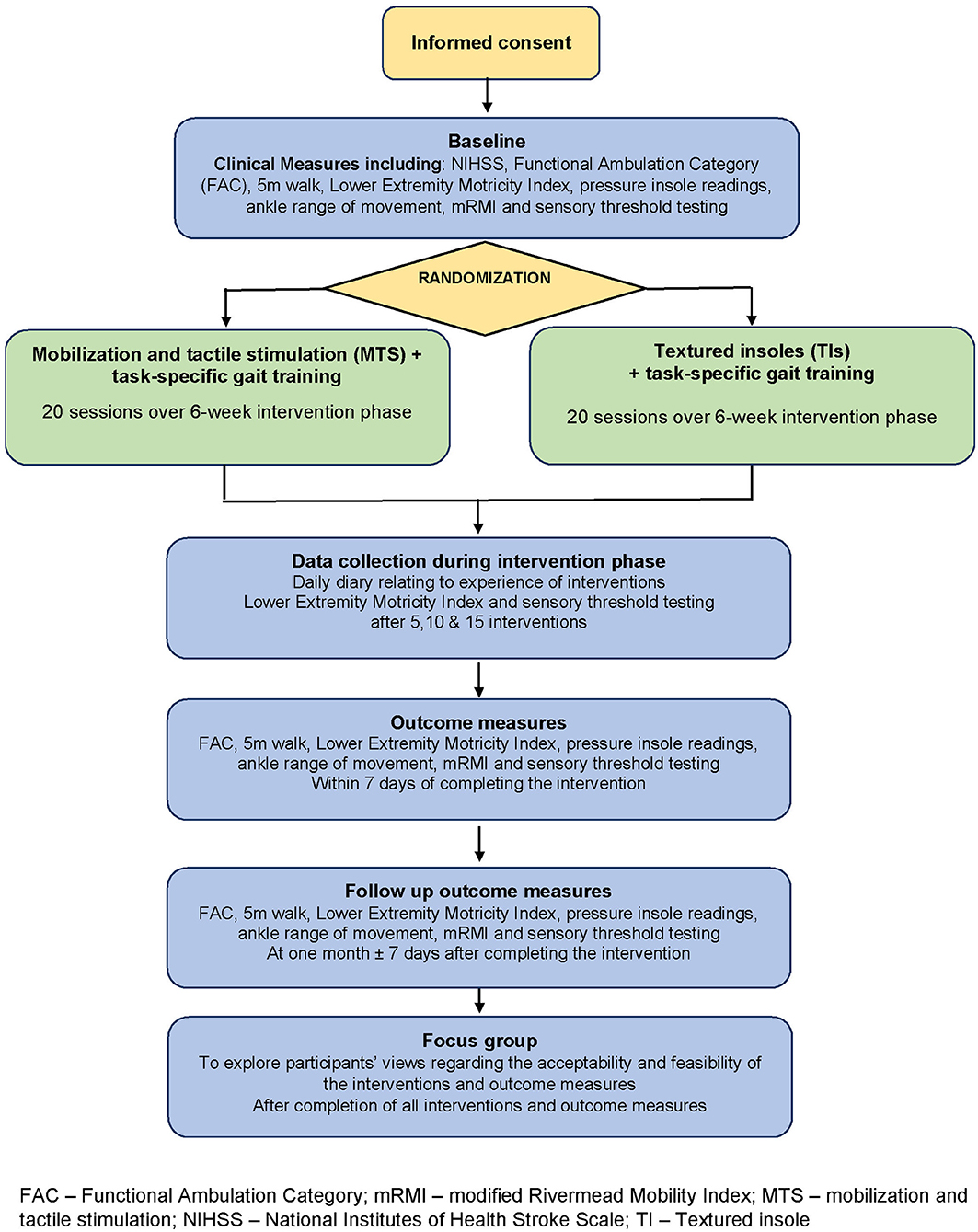
Implicit or unconscious bias derives from our ability to rapidly find patterns in small bits of information. 2, 3 As racial and ethnic diversity increases across our nation, it is imperative that we as physicians intentionally confront and find ways to mitigate our biases.įor the last 30 years, science has demonstrated that automatic cognitive processes shape human behavior, beliefs, and attitudes. 1 For example, studies show that discrimination and bias at both the individual and institutional levels contribute to shocking disparities for African-American patients in terms of receiving certain procedures less often or experiencing much higher infant mortality rates when compared with non-Hispanic whites. In the classic Institute of Medicine report “Unequal Treatment: Confronting Racial and Ethnic Disparities in Health Care,” the authors concluded that “bias, stereotyping, and clinical uncertainty on the part of health care providers may contribute to racial and ethnic disparities in health care” often despite providers' best intentions. In medical practice, these unconscious beliefs and stereotypes influence medical decision-making. Alisha is exposed to stereotypes about a particular ethnic group.Īlthough assumptions like these may not be directly ill-intentioned, they can have serious consequences. Alex's physicians perceive him to be a “drug-seeking” patient and miss opportunities to improve his care. Some of Jamie's patients assume the male member of the team is the attending physician. These scenarios reflect the unconscious assumptions that pervade our everyday lives, not only as practicing clinicians but also as private citizens. Alex has been on gabapentin 100 mg before bed for 18 months without change, and his physicians haven't increased or changed his medication to help with pain relief.Īlisha is a 27-year-old Asian family medicine resident who overhears labor and delivery nurses and the attending complain that Indian women are resistant to cervical exams.

He reports worsening lower extremity pain and is frustrated that, despite his bringing this up repeatedly to different clinicians, no one has addressed it.

Alex is a 55-year-old black man who has a history of diabetic polyneuropathy with significant neuropathic pain. On rounds, she notices several patients tending to look at the male medical student when asking a question and seeming to disregard her. Jamie is a 38-year-old woman and the attending physician on a busy inpatient teaching service.
Health Equity, Diversity, & Social Determinants of Health.


 0 kommentar(er)
0 kommentar(er)
